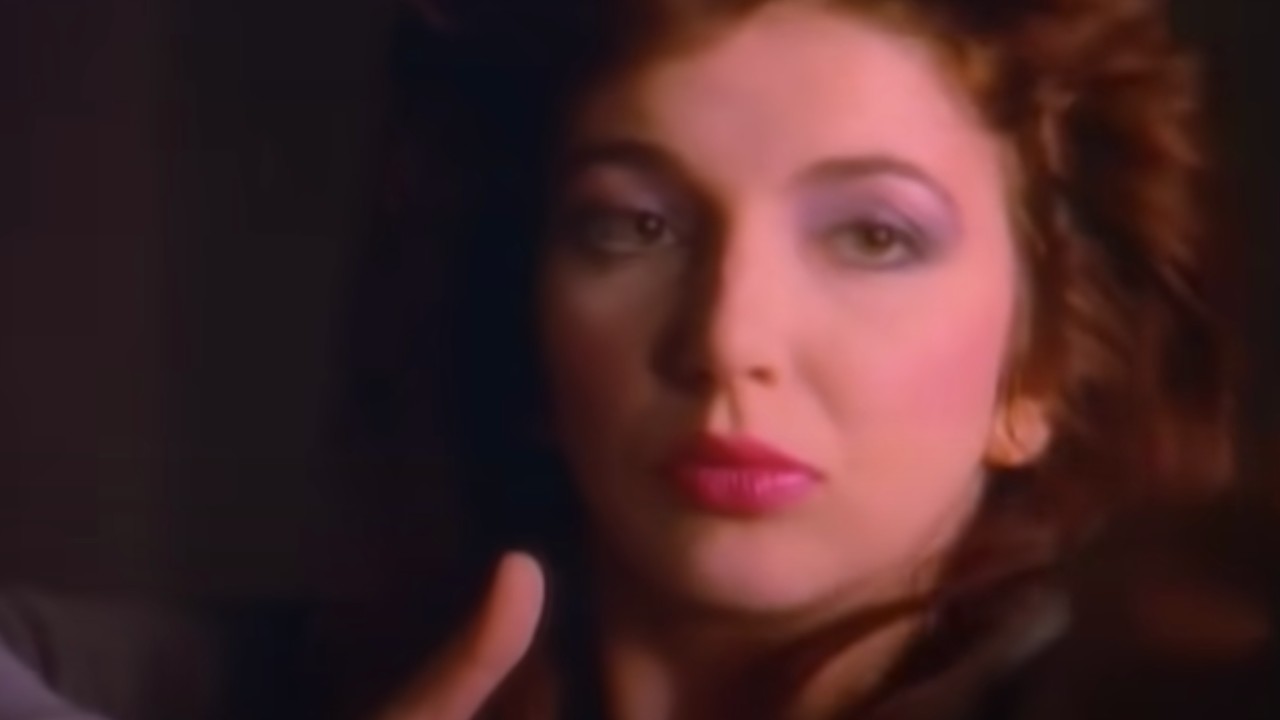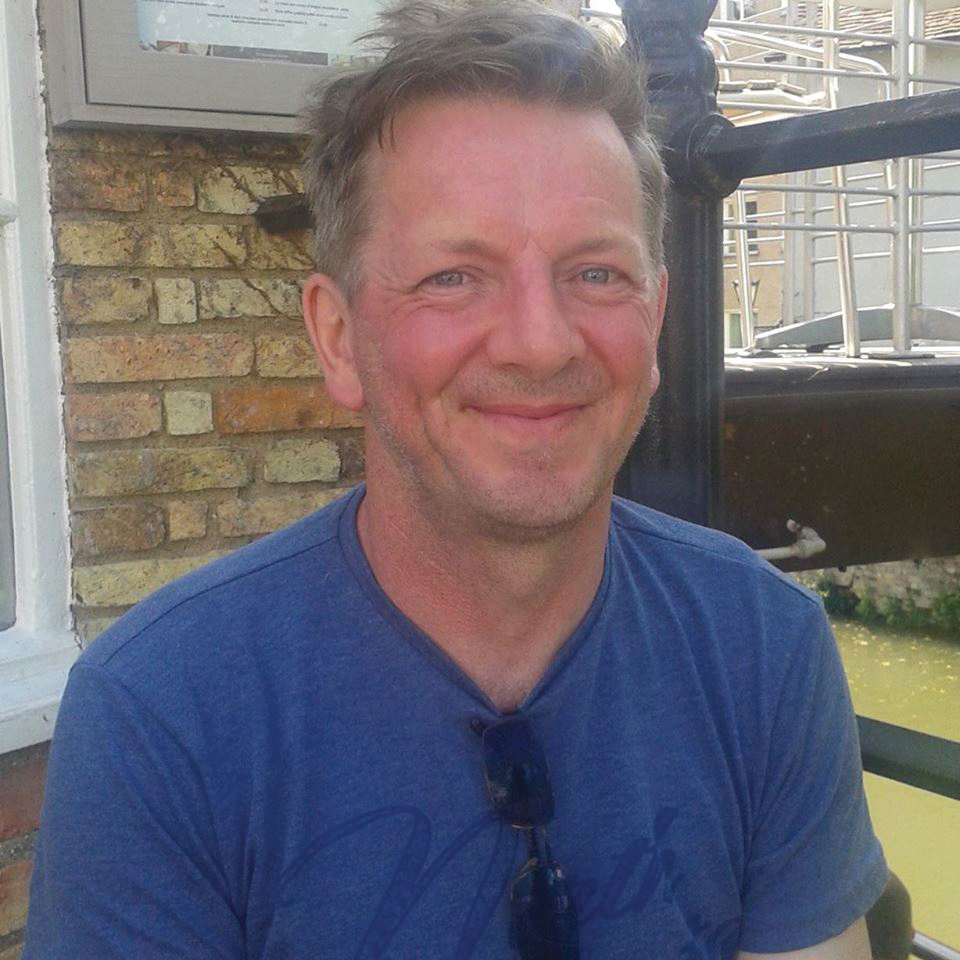You’d have to be living under a planet-sized mountain of Jubilee bunting not to have heard that Kate Bush’s 1985 single Running Up That Hill has made an extraordinary comeback in recent days, topping the Spotify and ITunes charts and winning the approval of a new generation. This resurgent popularity has been chiefly – OK, totally – initiated by the track’s key placement in Season 4 of Netflix sci fi-horror hybrid and teen favourite Stranger Things, 80s-set and frequently giving fresh legs to cult-ish hits of the era. The same season dusts off and delivers new oxygen to Talking Heads’ Psycho Killer, Dead Or Alive’s You Spin Me Round and The Cramps’ I Was A Teenage Werewolf.
Yet 37 years after it initially reached number 3 in the UK (her biggest hit apart from 1978 debut Wuthering Heights), Running Up That Hill seems to have snowballed beyond that tie-in success and is encouraging many young viewers, who perhaps only knew of Kate Bush as somebody Florence Welch gassed on about in interviews, to investigate her back catalogue and embrace the worlds of albums such as 1985's Hounds Of Love (which yielded this song), The Kick Inside (1978), The Dreaming (1982), The Sensual World (1989) and The Red Shoes (1993). When Bush made her first live appearances for 35 years at a Hammersmith Apollo residency in 2014, her albums made a return to prominence, taking up lofty positions in the charts. It’s plausible that the knock-on effect of Running Up That Hill’s revival will detonate a comparable explosion of interest in all things Kate.
The Hounds Of Love album itself prompted something of a change of fortune, as its predecessor, The Dreaming, hadn’t sold too well. Hounds Of Love, on the other hand, gained rave reviews, the number one spot in the UK, a respectable showing in the US, and passed a million sales by 1998. Bush was in love with the Fairlight CMI synth and, after recording her demos, spent over a year on overdubs, mixing and tweaking. The result was effectively two mini-albums, with Side One the “pop” side (albeit art-pop), and Side Two an unapologetic prog concept suite about a woman drifting alone at sea at night.
Running Up That Hill opens Side One, which also contains Hounds Of Love's equally dramatic title track, The Big Sky and Cloudbusting, which was EMI’s preferred choice as lead single. Kate insisted on Running Up That Hill, as she deemed it more representative of the album’s direction. Another factor which had unnerved the label was the song’s original title of A Deal With God. On that issue, Kate gave way. (She may, as a teenager, have persuaded the label to release Wuthering Heights - not their choice - by bursting into tears, but now surrounded by a supportive family and business framework, she was savvier regarding which battles to choose). “For me, A Deal With God is the title”, she told Q in 1989, “but I was told that if I insisted, the radio stations in at least ten countries would refuse to play it – Spain, Italy, America, lots. I thought that was ridiculous. Still, especially after The Dreaming, I decided to weigh up priorities. Not to compromise creatively, but to not be so obsessive that I cut my own throat…I had to give the album a chance, I had to be grown up about this”.
The song, anyway, was about a man and a woman, with God as a secondary character. “I was trying to say that a man and woman can’t really understand each other because we are a man and a woman”, she told Richard Skinner on Radio 1. “And if we could swap our roles, be in each other’s place for a while, I think we’d be very surprised! It would lead to greater understanding. I thought the only way it could be done was, you know, a deal with the devil. And then I thought: well no, why not a deal with God? Because that’s so much more powerful…”
With its of-its-time interpretive dance video and a memorably incongruous showing on British 80s TV staple Wogan, the single took off and rebooted Bush’s career, allowing the album to loosen the reins and release its hounds. (That year, NME awarded it third best track of the year, behind two Jesus & Mary Chain toe-tappers). And while everyone from Placebo to First Aid Kit to Chromatics have subsequently concocted cover versions, none come close to the original’s rhythmic intensity - a blend of LinnDrum programming from Del Palmer and the drumming of Stuart Elliott, who’d worked with Cockney Rebel and Al Stewart and on all Bush’s albums up to that point. “He’s so easy to work with because he knows what I’m like”, Bush enthused. Kate’s brother Paddy’s balalaika is there too, subliminally shading in the arresting atmospherics. That bridge – “come on baby, come on darling…let’s exchange the experience” – remains thrilling.
This isn’t, of course, the first time a profile in a film or TV show has revitalised a song, and neither is it the first time this track has enjoyed a resurrection. Even back in '86, it was the theme tune for a BBC kids’ drama, Running Scared, and it’s featured more recently in US TV drama Pose. In truth, as a beloved pop classic, it’s never fully been away - there was no special fanfare when it popped up in such shows as The O.C., Bones, and C.S.I. Crime Scene Investigation. And a decade ago, with Kate re-recording her vocals, it was prominent at the London Summer Olympics closing ceremony. “They certainly put on a brilliant show”, posted Bush. Yet Stranger Things inspires fan devotion, and those fans seem happy to point their devotion in Kate’s direction, just as music fans did in the 80s. Running Up That Hill, and Kate’s catalogue in general, will run and run. Immortally? Stranger things have happened...

